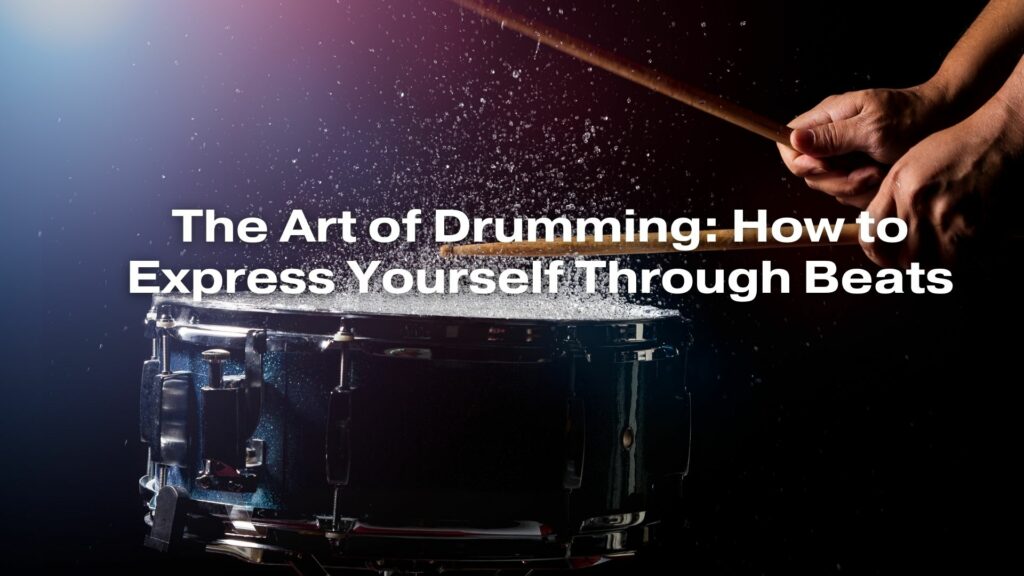Music is a universal language, and within that language, the art of drumming serves as a powerful and distinctive means of expression. Drummers, whether they are part of a rock band, jazz ensemble, or an orchestra, have a unique ability to convey emotions, tell stories, and communicate their inner world through the rhythm and dynamics of their beats. In this article, we will delve into the art of drumming and explore how drummers use their instrument to express themselves.
1. Rhythmic Vocabulary:
The drum kit is not just a collection of instruments; it’s a vast vocabulary of rhythms and patterns. Drummers learn to “speak” this language by understanding various time signatures, grooves, and fills. They express their thoughts and emotions by choosing the right rhythms and tempos to complement the music.
2. Dynamics and Volume:
One of the most potent tools in a drummer’s arsenal is dynamics. The ability to control the loudness and softness of each hit can transform a simple beat into a deeply emotional expression. A soft, delicate touch can convey vulnerability, while powerful, thunderous strikes can invoke strength and intensity.
3. Groove and Feel:
The groove is the heartbeat of any musical piece. Drummers infuse their unique personality into the groove, creating a particular “feel” for the music. It’s this feel that makes a song danceable, soulful, or hard-hitting. A great drummer can make you tap your foot and nod your head without realizing it.
4. Drumming Styles:
Different musical genres offer drummers a wide range of styles to explore. Whether it’s the explosive energy of rock, the intricate patterns of jazz, or the relentless drive of metal, drummers choose the style that resonates with them and allows them to express their individuality.
5. Solos and Expression:
Drum solos are a moment for drummers to shine. During a solo, a drummer can truly express themselves, showcasing their technical skills, creativity, and emotional depth. Each solo is a unique story told through the rhythm.
6. Collaboration and Communication:
Drummers are not just rhythm-keepers; they are also communicators within the band. They listen to their fellow musicians, respond to cues, and adapt their playing to maintain the flow of the music. It’s a form of non-verbal communication that is central to live performances.
7. Personal Style and Signature Moves:
Like any artist, drummers develop their signature style over time. This might include specific drumming techniques, signature fills, or even physical gestures that make their drumming instantly recognizable.
8. Emotional Catharsis:
Drumming can be a powerful outlet for emotions. It allows drummers to channel their feelings, whether it’s anger, joy, sadness, or excitement, into their playing. In this way, drumming becomes a form of emotional catharsis and a means of self-expression.
9. Innovation and Experimentation:
Drummers often push the boundaries of their instrument by experimenting with new sounds, rhythms, and techniques. This innovative spirit allows them to create fresh, original forms of expression.
In conclusion, the art of drumming is a profound and multifaceted mode of self-expression. Drummers have the unique ability to communicate their emotions, ideas, and individuality through the beats they create. Whether it’s through rhythm, dynamics, style, or innovation, drummers continue to inspire and astonish us with their capacity to express the inexpressible through the universal language of music.


